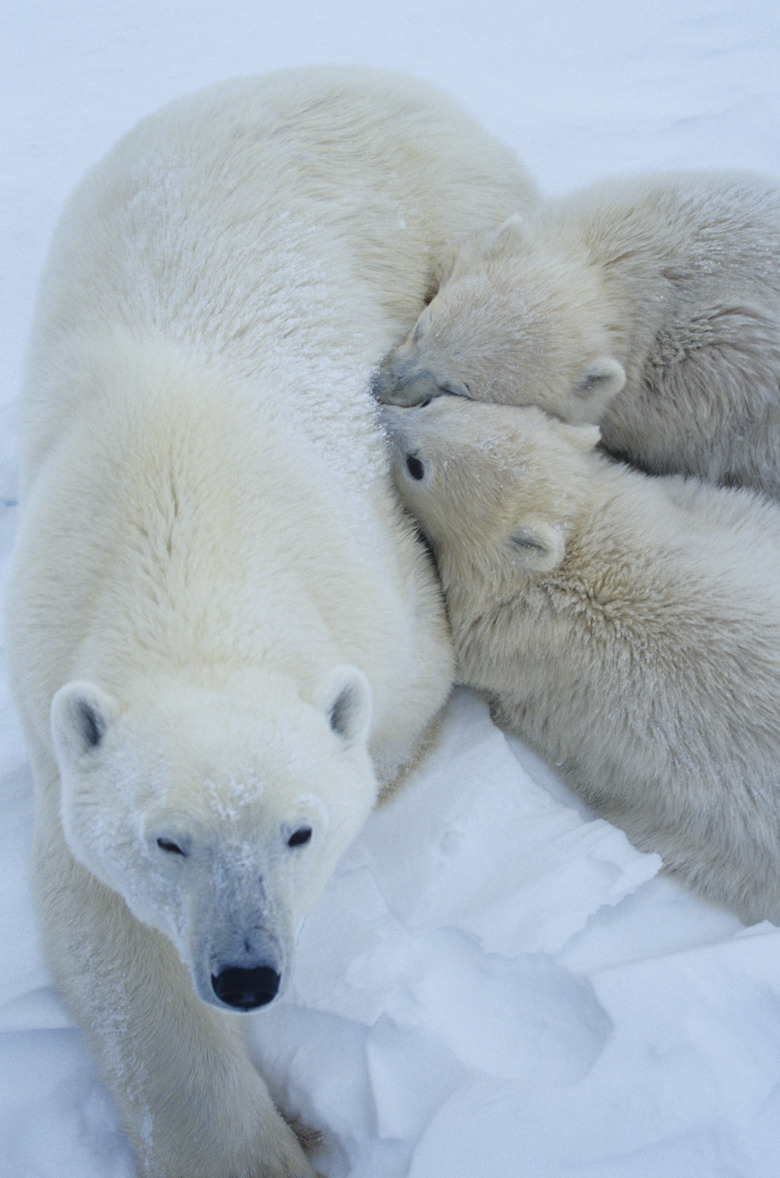The Effects Of Bioaccumulation On The Ecosystem
Toxins have become increasingly prevalent in our modern industrial world. Unfortunately they find their way into living creatures. In every ecosystem, organisms are intricately interconnected through food chains and food webs. When toxins finds their way into an organism, they can build up and linger, a phenomenon called bioaccumulation. Because of interconnections within a food web, bioaccumulated toxins can spread to whole ecosystems.
How Bioaccumulation Occurs
How Bioaccumulation Occurs
Toxins enter a food chain through several means: they can be ingested, absorbed through skin or inhaled, and plants take in toxins directly from soil. In order to bioaccumulate, a substance needs to be fat-soluble, long-lived, biologically active and mobile — able to be taken up by organisms. When herbivores eat contaminated plants, the toxins accumulate in their fatty tissues. If a carnivore eats several toxin-laden herbivores, the toxins become even more concentrated in its body. This process of biomagnification continues up the food chain.
How Bioaccumulators Affect Ecosystems
How Bioaccumulators Affect Ecosystems
For every 10 pounds of food an animal consumes, roughly one pound can become body mass, increasing toxin concentrations nearly 10 times at each food-chain level. Thus, a biomagnified toxin potentially becomes most harmful to top predators, including humans who eat meat or fish. While bioaccumulators are stored in fat, they are released into the bloodstream when an animal uses body fat for energy, harming vital organs and systems. They are also released from breast tissue in milk production and consumed by nursing offspring. If bioaccumulators destroy keystone species in an ecosystem, such as predators that control prey populations, it can lead to the loss or extinction of many species. PCBs, PAHs, heavy metals, some pesticides and cyanide are all bioaccumulators.
Effects of Hydrocarbon and DDT Bioaccumulation
Effects of Hydrocarbon and DDT Bioaccumulation
During an oil spill, hydrocarbons called polycyclic aromatic hydrocarbons (PAHs) can accumulate in sea animals. PAHs have been linked to cancer in humans that eat fish and shellfish and adversely affect survival, growth and ability to fight disease in other organisms. Eating contaminated mollusks poses special risks because they are more likely to come in contact with spilled oil and have a high tendency to bioaccumulate PAHs. In addition, in the 1960s, scientists discovered that an overused chlorinated hydrocarbon pesticide, DDT, accumulated in soil, water and organisms. It affected predatory birds, including fish-eating bald eagles, by thinning their egg shells, leading to a drop in their populations.
Effects of Heavy Metal Bioaccumulation
Effects of Heavy Metal Bioaccumulation
Heavy metals include cadmium, chromium, cobalt, lead, mercury, nickel and tin, as well as some essential nutrients that are toxic in high doses: iron, zinc and copper. Metal mining, gold mining (which utilizes mercury), electronic waste and industrial waste can all contribute heavy metals to the environment, endangering animals and humans alike. Cadmium, cobalt, lead, mercury and nickel interfere with the formation of blood cells. Some heavy metals adversely affect the nervous system, liver, kidneys and circulatory system. Some can cause reproductive problems or cancer. Scientists use some plant species to draw heavy metals and other toxins from contaminated soil, but the process is risky since other organisms might consume the plants, bringing the toxins into the food chain.
References
- http://www.planete-energies.com: Bioaccumulation of Hydrocarbons
- Environmental Protection Agency: Issue Paper on the Bioavailability and Bioaccumulation of Metals
- Patient.co.uk: Heavy Metal Poisoning
- Indiana Public Media: Phytoremediation
- McGraw-Hill Ryerson: Effects of Bioaccumulation on Ecosystems
Cite This Article
MLA
Carter, Kari Norborg. "The Effects Of Bioaccumulation On The Ecosystem" sciencing.com, https://www.sciencing.com/effects-bioaccumulation-ecosystem-13721/. 23 April 2018.
APA
Carter, Kari Norborg. (2018, April 23). The Effects Of Bioaccumulation On The Ecosystem. sciencing.com. Retrieved from https://www.sciencing.com/effects-bioaccumulation-ecosystem-13721/
Chicago
Carter, Kari Norborg. The Effects Of Bioaccumulation On The Ecosystem last modified August 30, 2022. https://www.sciencing.com/effects-bioaccumulation-ecosystem-13721/
